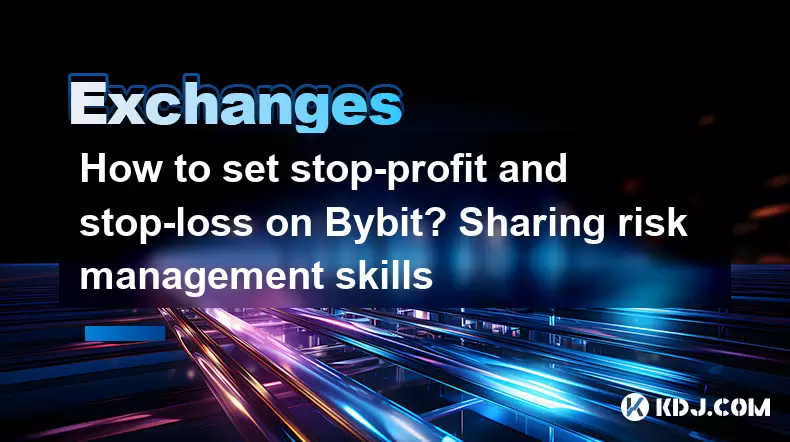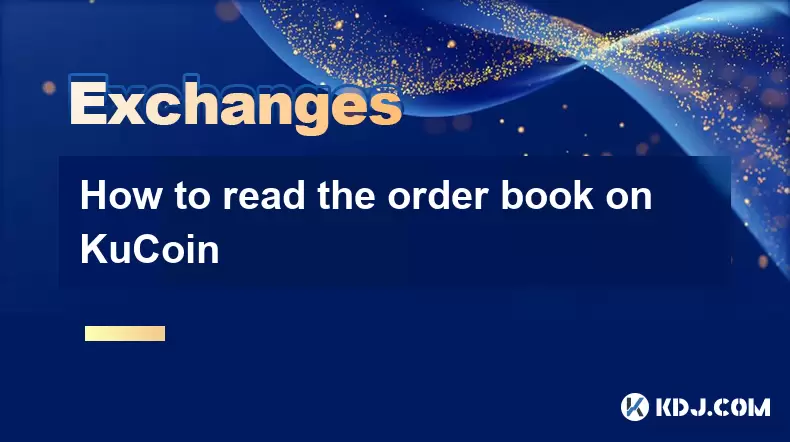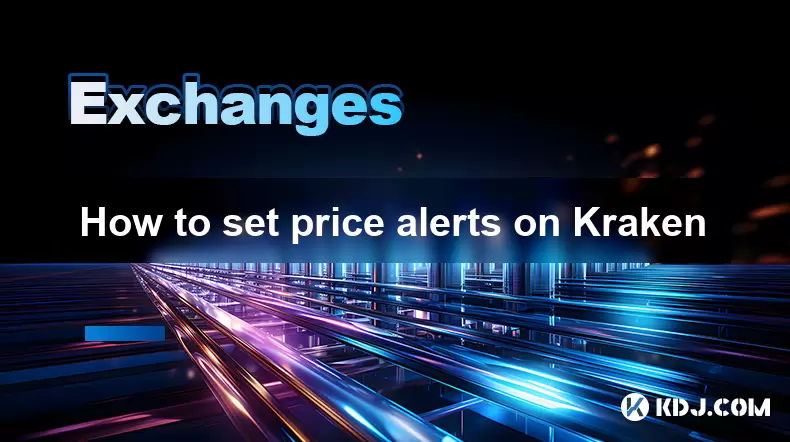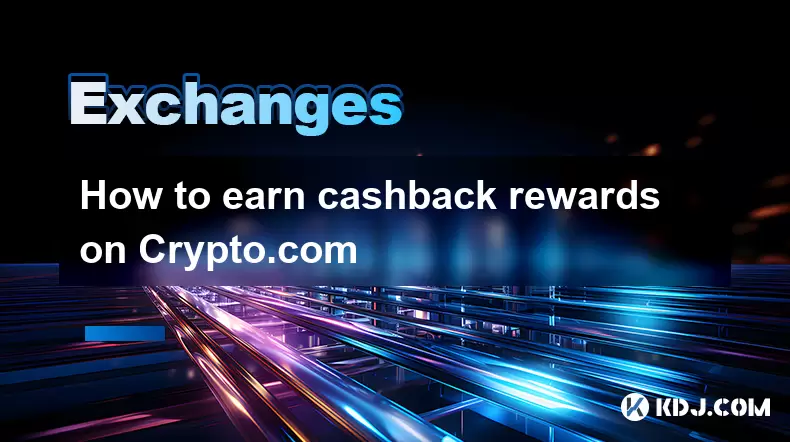-
 Bitcoin
Bitcoin $117600
0.25% -
 Ethereum
Ethereum $4424
0.10% -
 XRP
XRP $3.101
0.50% -
 Tether USDt
Tether USDt $1.001
-0.01% -
 BNB
BNB $836.2
1.26% -
 Solana
Solana $188.8
2.11% -
 USDC
USDC $1.000
0.01% -
 Dogecoin
Dogecoin $0.2301
0.57% -
 TRON
TRON $0.3485
-1.00% -
 Cardano
Cardano $0.9209
-1.34% -
 Hyperliquid
Hyperliquid $46.72
-1.19% -
 Chainlink
Chainlink $22.62
4.84% -
 Stellar
Stellar $0.4275
-0.38% -
 Sui
Sui $3.761
1.91% -
 Bitcoin Cash
Bitcoin Cash $586.7
-0.25% -
 Ethena USDe
Ethena USDe $1.001
0.01% -
 Hedera
Hedera $0.2510
2.06% -
 Avalanche
Avalanche $24.21
2.22% -
 Litecoin
Litecoin $119.7
1.07% -
 Toncoin
Toncoin $3.450
1.06% -
 UNUS SED LEO
UNUS SED LEO $9.411
-0.93% -
 Shiba Inu
Shiba Inu $0.00001298
1.20% -
 Uniswap
Uniswap $10.98
3.25% -
 Polkadot
Polkadot $3.961
2.16% -
 Dai
Dai $1.000
0.00% -
 Bitget Token
Bitget Token $4.642
0.95% -
 Cronos
Cronos $0.1514
0.57% -
 Ethena
Ethena $0.7290
3.78% -
 Monero
Monero $254.1
7.69% -
 Pepe
Pepe $0.00001102
2.47%
How to set stop-profit and stop-loss on Bybit? Sharing risk management skills
Bybit's stop-profit and stop-loss orders are essential for crypto risk management, automatically closing positions at set price levels to protect profits and limit losses.
May 09, 2025 at 03:49 pm

Setting stop-profit and stop-loss orders on Bybit is a crucial aspect of risk management for any cryptocurrency trader. These tools help traders automatically close positions when certain price levels are reached, protecting profits and limiting losses. In this article, we will explore how to effectively use stop-profit and stop-loss orders on Bybit, as well as share essential risk management skills to enhance your trading strategy.
Understanding Stop-Profit and Stop-Loss Orders
Before diving into the practical steps, it's important to understand what stop-profit and stop-loss orders are. A stop-profit order, also known as a take-profit order, is designed to lock in profits by automatically selling an asset when it reaches a predetermined price level. Conversely, a stop-loss order is used to minimize losses by automatically selling an asset when its price falls to a specified level.
Both types of orders are essential for managing risk in the volatile cryptocurrency market. By setting these orders, traders can ensure they do not miss out on potential gains or suffer significant losses due to sudden market movements.
Setting Up Stop-Profit and Stop-Loss Orders on Bybit
To set up stop-profit and stop-loss orders on Bybit, follow these detailed steps:
- Log into your Bybit account and navigate to the trading interface.
- Select the trading pair you want to trade. For example, if you're trading Bitcoin against USDT, select the BTC/USDT pair.
- Open a new position by clicking on the "Open Position" button. You can choose to go long (buy) or short (sell) based on your trading strategy.
- Once your position is open, click on the "TP/SL" button located near your open position. This stands for Take Profit/Stop Loss.
- In the pop-up window, you will see two fields: one for Take Profit and another for Stop Loss.
- Enter the desired price for your take-profit order in the "Take Profit" field. For example, if you bought BTC at $30,000 and want to lock in profits at $32,000, enter $32,000.
- Enter the desired price for your stop-loss order in the "Stop Loss" field. For instance, if you want to limit your losses at $28,000, enter $28,000.
- Review your settings and click "Confirm" to set the orders.
By following these steps, you can effectively manage your positions and protect your investments.
Advanced Features: Trailing Stop Orders
Bybit also offers a more advanced feature known as trailing stop orders. A trailing stop order is a type of stop-loss order that moves with the market price. It allows you to lock in profits while still giving your position room to grow.
To set up a trailing stop order on Bybit:
- Open the TP/SL window as described in the previous section.
- Click on the "Trailing Stop" tab.
- Enter the trailing value in percentage or price points. For example, if you set a 5% trailing stop on a position bought at $30,000, the stop-loss order will move up as the price increases, always staying 5% below the current market price.
- Confirm the settings to activate the trailing stop order.
Trailing stop orders can be particularly useful in trending markets, as they allow you to capture more gains without having to manually adjust your stop-loss levels.
Risk Management Skills for Cryptocurrency Trading
Effective risk management is crucial for long-term success in cryptocurrency trading. Here are some essential skills and strategies to enhance your risk management:
- Position Sizing: Determine the size of your positions based on your overall trading capital and risk tolerance. A common rule of thumb is to risk no more than 1-2% of your total capital on any single trade.
- Diversification: Spread your investments across different cryptocurrencies to reduce the impact of a single asset's poor performance on your overall portfolio.
- Use of Leverage: Be cautious with leverage, as it can amplify both gains and losses. Always use leverage responsibly and within your risk tolerance.
- Regular Monitoring: Keep an eye on your open positions and market conditions. Adjust your stop-profit and stop-loss orders as necessary to reflect changes in market dynamics.
- Emotional Discipline: Stick to your trading plan and avoid making impulsive decisions based on fear or greed. Emotional discipline is key to maintaining a consistent risk management strategy.
Practical Tips for Setting Stop-Profit and Stop-Loss Levels
Setting the right levels for your stop-profit and stop-loss orders can be challenging. Here are some practical tips to help you make informed decisions:
- Technical Analysis: Use technical indicators such as support and resistance levels, moving averages, and trend lines to identify potential price targets for your stop-profit and stop-loss orders.
- Volatility Consideration: Take into account the volatility of the cryptocurrency you are trading. More volatile assets may require wider stop-loss levels to avoid being stopped out prematurely.
- Risk-Reward Ratio: Aim for a favorable risk-reward ratio, such as 1:2 or 1:3, where the potential reward is at least twice the potential risk. This can help ensure that your winning trades outweigh your losing trades over time.
- Backtesting: Test your stop-profit and stop-loss strategies on historical data to see how they would have performed in the past. This can help you refine your approach and increase your confidence in your trading plan.
Common Mistakes to Avoid
While setting stop-profit and stop-loss orders can be beneficial, there are common mistakes that traders should avoid:
- Setting Orders Too Tight: Placing stop-loss orders too close to the entry price can result in being stopped out by normal market fluctuations, especially in highly volatile markets.
- Ignoring Market Conditions: Failing to adjust your stop-profit and stop-loss levels in response to changing market conditions can lead to missed opportunities or unnecessary losses.
- Over-Reliance on Automation: While automated orders can be helpful, relying solely on them without monitoring market conditions can lead to suboptimal outcomes. Always stay engaged with your trades.
By understanding these common pitfalls, you can improve your risk management strategy and enhance your trading performance.
Frequently Asked Questions
Q: Can I modify my stop-profit and stop-loss orders after they are set on Bybit?
A: Yes, you can modify your stop-profit and stop-loss orders at any time. Simply go to the TP/SL window for your open position and adjust the values as needed. Remember to confirm the changes to apply them.
Q: What happens if the market gaps through my stop-loss level on Bybit?
A: If the market gaps through your stop-loss level, your position will be closed at the next available price, which may be different from your specified stop-loss price. This is known as slippage and is more common in highly volatile markets.
Q: Is it possible to set multiple stop-profit and stop-loss orders for the same position on Bybit?
A: Bybit currently does not support setting multiple stop-profit and stop-loss orders for the same position. You can only set one take-profit and one stop-loss order per position.
Q: How can I ensure my stop-profit and stop-loss orders are executed during high market volatility?
A: To increase the chances of your orders being executed during high volatility, consider setting wider stop-loss levels and using trailing stop orders. Additionally, ensure you have sufficient margin in your account to cover potential slippage.
Disclaimer:info@kdj.com
The information provided is not trading advice. kdj.com does not assume any responsibility for any investments made based on the information provided in this article. Cryptocurrencies are highly volatile and it is highly recommended that you invest with caution after thorough research!
If you believe that the content used on this website infringes your copyright, please contact us immediately (info@kdj.com) and we will delete it promptly.
- Kazakhstan's Crypto Leap: Bitcoin ETF and Central Asia's Digital Finance Future
- 2025-08-13 12:45:19
- BlockDAG Presale Blazes Past $371M: Fundraising Frenzy Fuels Crypto Sensation
- 2025-08-13 13:05:21
- Meme Coins: Chasing the 2025 Surge – Which Will Moonshot?
- 2025-08-13 10:25:23
- Bitcoin's Wild Ride: Rally, Pullback, and What's Next
- 2025-08-13 10:25:23
- Bitcoin, Bitmax, and Institutional Demand: A New Era of Crypto Investment
- 2025-08-13 10:45:12
- Solana, ROAM, and Airdrops: What's the Buzz in 2025?
- 2025-08-13 11:35:13
Related knowledge

How to use margin trading on Poloniex
Aug 08,2025 at 09:50am
Understanding Margin Trading on Poloniex

How to read the order book on KuCoin
Aug 10,2025 at 03:21pm
Understanding the Order Book Interface on KuCoinWhen accessing the order book on KuCoin, users are presented with a real-time display of buy and sell ...

How to read the order book on KuCoin
Aug 12,2025 at 02:28am
Understanding the Basics of Staking in CryptocurrencyStaking is a fundamental concept in the world of blockchain and cryptocurrencies, particularly wi...

How to set price alerts on Kraken
Aug 11,2025 at 08:49pm
Understanding Price Alerts on KrakenPrice alerts on Kraken are tools that allow traders to monitor specific cryptocurrency pairs for price movements. ...

How to avoid high gas fees on Uniswap
Aug 13,2025 at 11:35am
Understanding Gas Fees on UniswapGas fees on Uniswap are payments made to Ethereum miners or validators for processing transactions on the blockchain....

How to earn cashback rewards on Crypto.com
Aug 12,2025 at 02:08am
Understanding Cashback Rewards on Crypto.comCashback rewards on Crypto.com are a feature designed to incentivize users to spend using their Crypto.com...

How to use margin trading on Poloniex
Aug 08,2025 at 09:50am
Understanding Margin Trading on Poloniex

How to read the order book on KuCoin
Aug 10,2025 at 03:21pm
Understanding the Order Book Interface on KuCoinWhen accessing the order book on KuCoin, users are presented with a real-time display of buy and sell ...

How to read the order book on KuCoin
Aug 12,2025 at 02:28am
Understanding the Basics of Staking in CryptocurrencyStaking is a fundamental concept in the world of blockchain and cryptocurrencies, particularly wi...

How to set price alerts on Kraken
Aug 11,2025 at 08:49pm
Understanding Price Alerts on KrakenPrice alerts on Kraken are tools that allow traders to monitor specific cryptocurrency pairs for price movements. ...

How to avoid high gas fees on Uniswap
Aug 13,2025 at 11:35am
Understanding Gas Fees on UniswapGas fees on Uniswap are payments made to Ethereum miners or validators for processing transactions on the blockchain....

How to earn cashback rewards on Crypto.com
Aug 12,2025 at 02:08am
Understanding Cashback Rewards on Crypto.comCashback rewards on Crypto.com are a feature designed to incentivize users to spend using their Crypto.com...
See all articles

























































































